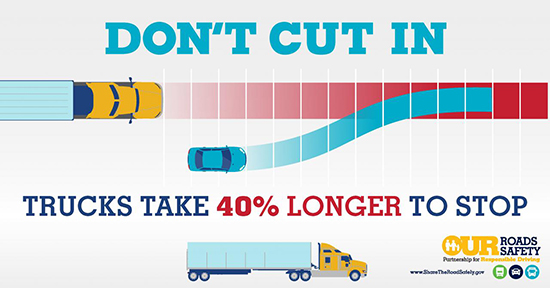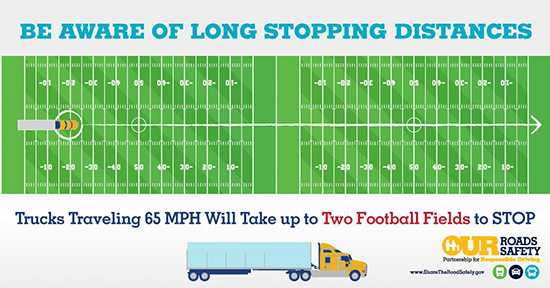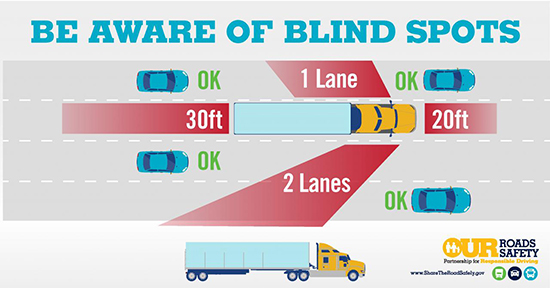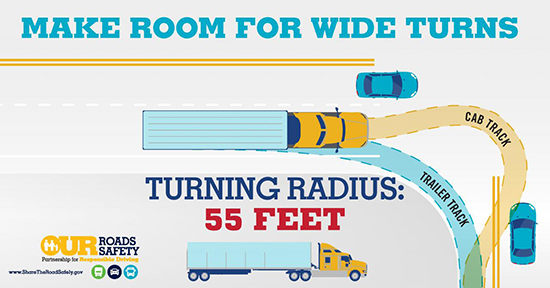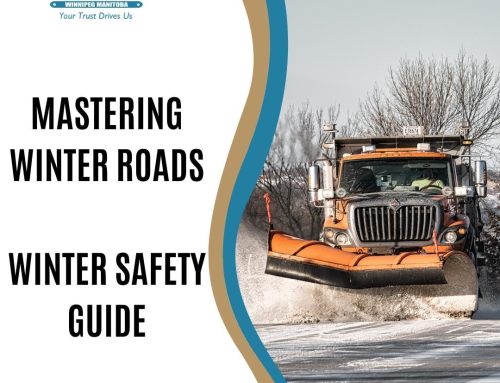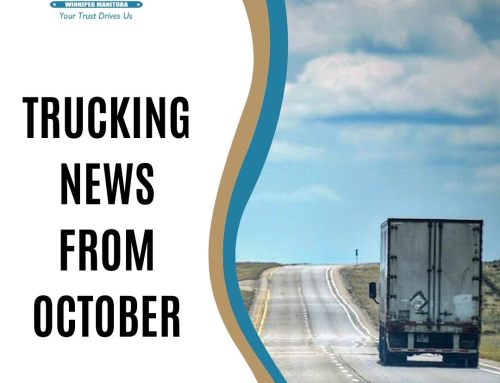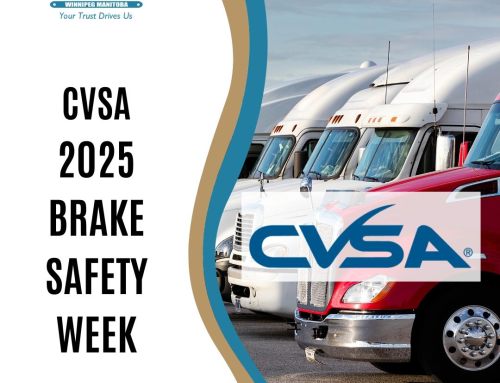What 4-Wheelers Need to Know About Semi’s
It doesn’t take long when you’re sitting behind the wheel of a big truck to realize just how many people don’t know how to drive around us. It’s not malice in most cases. Unless a driver has operated a semi, it’s hard to imagine what it takes to operate safely. Better driver training on how to drive around big trucks would make our roads safer and save lives.
We’ve put together a few tips you can share with your four-wheeler friends.
Don’t Cut In
Cutting in too close is dangerous. It’s even worse when a passenger vehicle cuts in close then slows down or hits the breaks. This usually happens when the cutting-in vehicle moves from the left lane to the right in order to take a freeway exit or make a right turn.
Big trucks take a lot longer to slow down. You can easily turn this into an emergency situation for the truck driver. It’s safer to cut in behind the truck when you’re going to slow down soon after a lane change.
Obviously, break checking a truck because you’re angry is dangerous… to you. Dash cams are common now and even if you don’t get rear-ended (by a much more massive vehicle) you can be prosecuted if you’re filmed driving recklessly.
Cutting in too close also happens when traffic is stopping ahead on the highway (and vehicles start to lane hop) or red lights in city traffic. You take away needed stopping space for the big truck when you start to lane hop in front of a truck when approaching stopped traffic. Much better to hold your lane and don’t race a truck to open space on the road.
Don’t Hang Out in Blind Spots
It’s much easier to see you when you’re not in a truck’s blind spot. It’s impossible to stay out of the blind spots in stop and go city traffic but stay out of them on arteries that flow and on the highway. We can’t react if we don’t know you’re there.
As a courtesy, don’t hang out just off the rear corner of a truck in the lane beside it. We can see you but we may not be able to judge if we can move over into that lane if we need it. Truck drivers keep a close eye on what’s happening around our vehicles. We have escape routes in mind if an emergency happens in front of us. When you hang out just off the rear corner, you’re taking away space we can use if we need to take evasive action. Better to speed up and pass us.
Trucks Take Wide Turns
Two things to keep in mind on this one.
Thing one – Trucks might swing to the left to make a right turn. It’s called a button-hook turn in trucking lingo. We may also need to swing right to make a left turn on narrow streets. It’s the responsibility of the truck driver to make sure we have enough room to safely do this.
This doesn’t mean you shouldn’t be watching for this when you see a truck making a 90-degree turn. It’s impossible to make sure it’s completely clear in city traffic – there’s always traffic coming. We’ll make this turn when we feel that the traffic approaching, from behind, has enough time to see we’re entering the lane and safely stop. Give us some room and we’ll be out of your way.
Thing Two – It’s frustrating when vehicles stop and a stoplight past the stop line. This can prevent us from being able to complete a turn.
Stop short and give us room when you’re approaching an intersection and a truck is turning onto your road and head in your opposite direction. This allows us to use your lane to complete the turn. It’s not just for our benefit either. We’re out of your way if we can quickly make the turn. A truck will be in your way if the truck driver misjudges the room (yeah, it happens to the best of us) and gets hung up and blocks the intersection.
Drive Safe
Road safety is improved for all of us when we share the road. All drivers should show courtesy to fellow drivers. We’re all just trying to get to where we’re going safely and in one piece.

